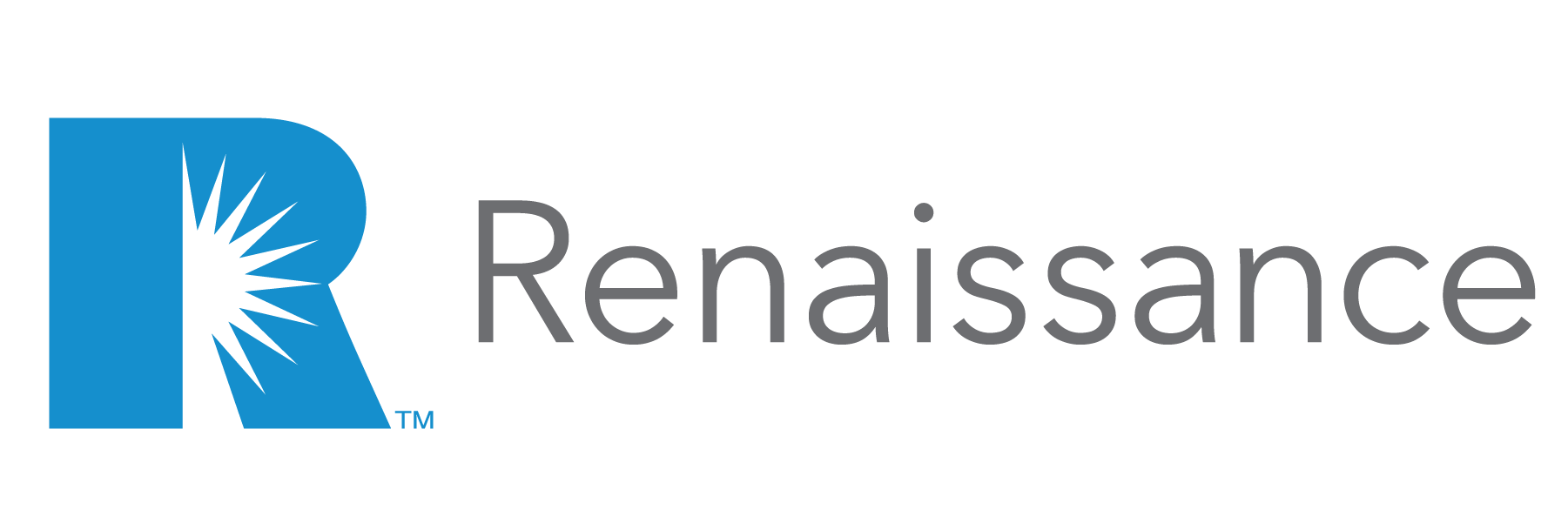By David Dawson
New England’s independent agents are experts at adapting to a playing field that’s constantly changing, and the current state of the market will surely test their resolve in months to come.
As 2025 dawned, rates had stabilized in most lines, even if carrier appetite for various risks had become more limited and focused – with claims up and pricing still short of where it needed to be. Now, tariffs against non-U.S. territories – where a great number of replacement components for automobiles and dwellings, as well as building materials, are manufactured – have the potential to impact loss costs as the prices of those materials could become considerably more expensive.
Carriers are paying attention to this trend, and will monitor those loss costs closely in the months to come.
While the economic situation remains fluid, in such a scenario the onus will be on independent agents to emphasize the value they deliver as trusted advisors – and why any potential savings achieved through a direct writer wouldn’t make up for losing the personalized service to which they’ve grown accustomed.
Wildfire: No Longer Just a West Coast Problem
Economic projections aside, there’s also Mother Nature to consider.
Extreme-weather events are increasingly impacting the risk profiles of New England properties. Risks such as wildfires, for example, which at one time weren’t a factor in this part of the country, have been brought into focus for carriers – and, by extension, for property owners and their agents.
New Englanders will recall that in November 2024 alone, more than 500 acres were destroyed by wildfires in Middleton and North Andover, Mass., with experts pointing to “critical drought conditions” as a contributing cause. By year’s end, wildfires had claimed 4,262 acres in 1,241 fires – far surpassing the 1,788 acres burned in 2022 and 1,318 acres burned in 2023.
“When you look on the national level, we don’t even really use the term ‘fire season’ anymore,” David Celino, chief fire warden at the Department of Conservation and Recreation, told the CommonWealth Beacon last fall. “We use the term ‘fire year’ because somewhere in the lower 48 states, there is a fire issue going on all year long.”
Wildfires are no longer just a West Coast problem. Now they’re on the radar of carriers with market share in New England property, and those insurers will continue to monitor this exposure.
Meanwhile, as I mentioned in my previous blog, underwriting around coastal property has grown increasingly stringent. Where once those guidelines used to be more lenient, obtaining coverage for both personal and commercial property in shoreline areas – or even as far as five miles inland – has remained challenging, and significantly more expensive than in previous years. Those conditions persist.
Carriers also continue to be hesitant to write older homes in New England, which puts pressure on agents who for years had little trouble securing coverage. Underwriting restrictions for new and renewal business are not uncommon; if the client’s roof is 15 years old or more, some carriers may decline to write that risk.
Roof damage continues to be a leading driver of claims in New England, with replacement costs becoming exponentially more costly since the pandemic. The cost of a new roof can run up to $30K or more, in some regions.
Insurers are paying closer attention to exposure from trees and are more intensely scrutinizing the age and quality of roofs – inspecting more often with drones and making recommendations to have them replaced, adding another layer of strain between the agent and property policyholders as rates escalate.
One development that may alleviate at least some of the pressure on property rates is the positive conversations that carriers have been having of late with reinsurers. Those negotiations have yielded terms that, at a minimum, are said to keep reinsurance rates steady as opposed to rising sharply as they have in the past two years.
To be clear, that doesn’t mean that reinsurance rates are going back to where they were; they’re just not getting worse.
Reconsidering Commercial Lines Specialization
Finally, as personal lines continue to be increasingly challenging for independent agents, it would be wise for them to consider their insurer partners’ strategy in re-evaluating their books of business.
Following decisions in the past year by several major carriers to right-size their personal lines exposure (or eschew those risks altogether) to concentrate on commercial lines, agencies should reflect on the resources they’re expending toward managing those clients, versus the financial reward – especially when considering the earnings potential in several commercial lines. Now more than ever, agents would do well to build upon their commercial lines expertise to diversify and balance their PL books.
Agencies with expertise in finding the right markets in select types of commercial risks will have a distinct advantage over their contemporaries. Membership with the right agency network can help in this regard, and can deliver much-needed resources in a market where every edge is necessary to stay competitive.
David Dawson is Regional Executive Vice President, New England, for Renaissance.




